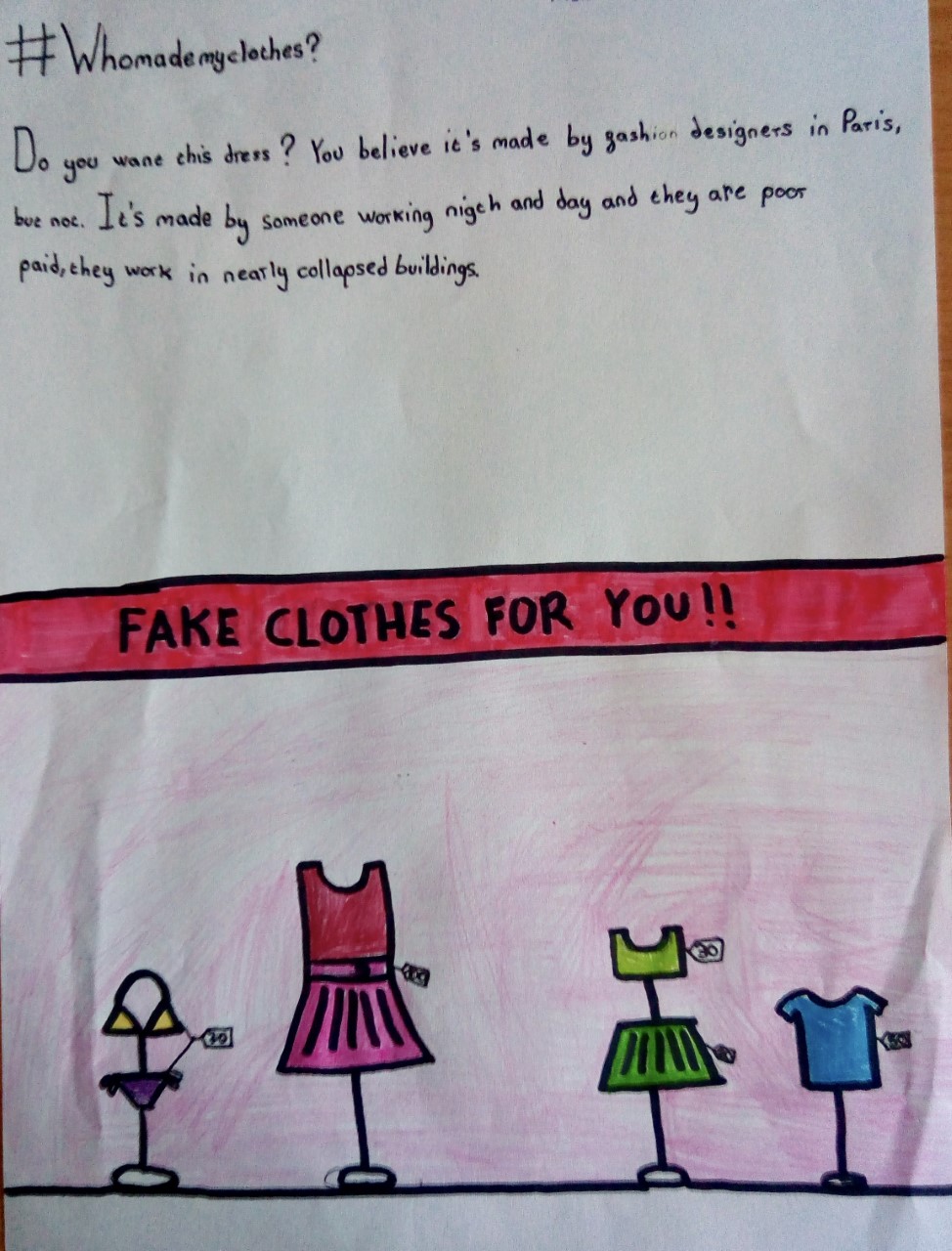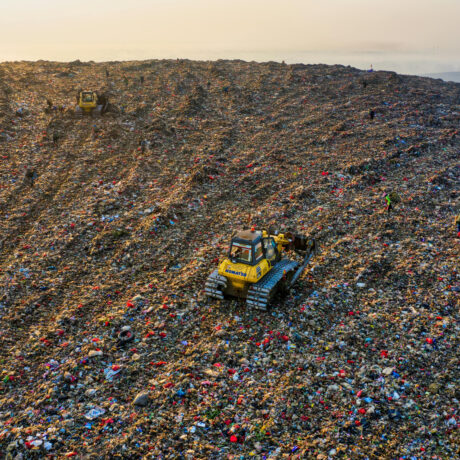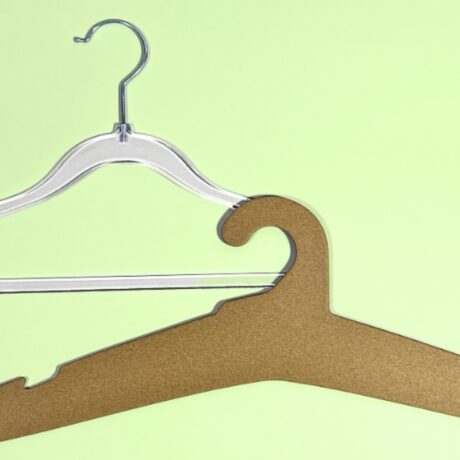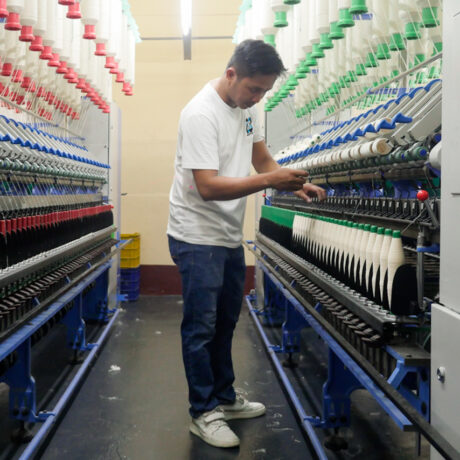Language teaching and the Fashion Revolution
Why this project?
Language and creativity, the perfect mix for introducing young people to activism in and beyond the classroom. Combining art and language was something I was at first sceptical about, although it brought challenges with messy paint and a dab of confusion now and again it also brought a real sense of energy and creativity to the learning experience. I saw throughout the year that it made learning more fluid and visual.
Whilst being an English language teacher in Girona, Cataluña I had the opportunity to run some themes in my arts and crafts lessons. I wanted to bring a personal passion to the classroom which every student was directly connected to – the fashion industry. I chose this topic as everyone is inherently linked to this subject, the pupils are also at the age where they are becoming more interested in what they wear and want to choose their own clothes. For language acquisition, it opened a whole new range of vocabulary and concepts building on and adding to what they have learnt in their English classes.
The process
The session was to be carried out with five classes in the primary school as their arts and crafts session. The main teacher and myself discussed how the project would work. I wanted the children to be engaged with the project in a creative way, for them to be part of the discussion and for this to have an impact in the school and beyond.
We decided to introduce the session with the presentation from the Fashion Revolution and to open a discussion about the clothing that the children were wearing, as the children do not wear a school uniform this allowed for a variety of brands and countries of origin to be in the classroom. Then to end the session with some activist work.
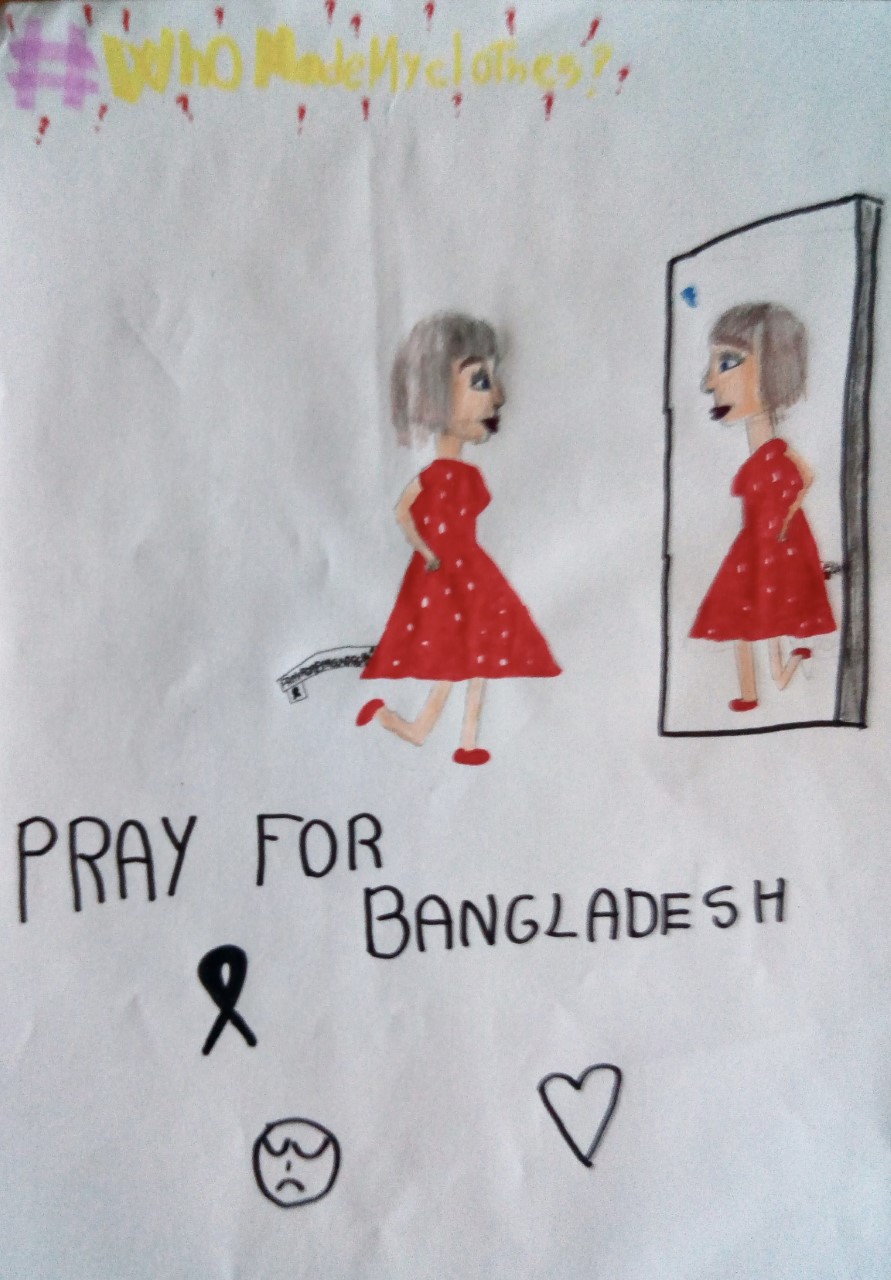
The Conversation
Within the first session I introduced the topic and the Fashion Revolution organisation. This was a new set of vocabulary for the pupils and at first they were a bit uninterested with ‘moda’ (In Spanish) fashion but as we started their interest grew as they realised it was not all about catwalks and designers. We went through a presentation resource from the Fashion Revolution website (link). As we went through the slides we stopped for discussions, the children were very curious about the process and the environmental factors as well. They had recently been learning about environmental pollution from factories and domestically in English, so some of the language was familiar for them. They asked questions about the people in the photos and there was a strong sense of empathy and connection to the people who were involved in the processes, over space and time.
Then we got down to the personal connection – I asked the children where their clothes had been made. I demonstrated with my own t-shirt – finding the label and telling that it was made in Sri Lanka. They started the task of finding labels and we went through the answers with the sentence structure ‘My jumper/dress/shirt was made in… Bangladesh, China, Taiwan…’. Then as a class we plotted these countries on the map and the pupils made observations about where they were made. The dialogue in the classroom was a conversation with a mix of English, Catalan and Spanish. The English language used made comparisons and analysis about the data we had found which was a skill the pupils were learning in their English classes ‘Most of them are made far away BUT some of them are made in Europe’ and some of them had ideas about why this was the case.
We focused on the Rana Plaza Disaster and the children described the photos, they were very shocked about the disaster. We went over the emotions of the workers using pictures and acting ‘he/she looks sad/happy/tired…’ and then we covered the conditions ‘the building looks dangerous/dirty’ and then in a personal context ‘I don’t want to work there’ and we touched on the conditional ‘I wouldn’t want to work there’.
After the children had discussed their ideas and some pupils had talked about their personal experiences, such as that their grandmothers had made some of their clothes or their parents liked to buy locally made things.
Activism
Then we got to the activist part – I asked the pupils to discuss ideas and design a poster for the Fashion Revolution Week, inspired by the things we had discussed. The posters were mainly in English but some were also in Spanish and Catalan. This was a good activity for consolidating the children’s learning and language as they asked for spelling of certain words and built sentences about the topic. The response from the children has been an inspiring one. Seeing them get excited about their fashion consumption is something to be proud of, seeing them running up to me in the corridors and telling me where their jumper or skirt was made has shown me that a curiosity to know more about their possessions has begun.
